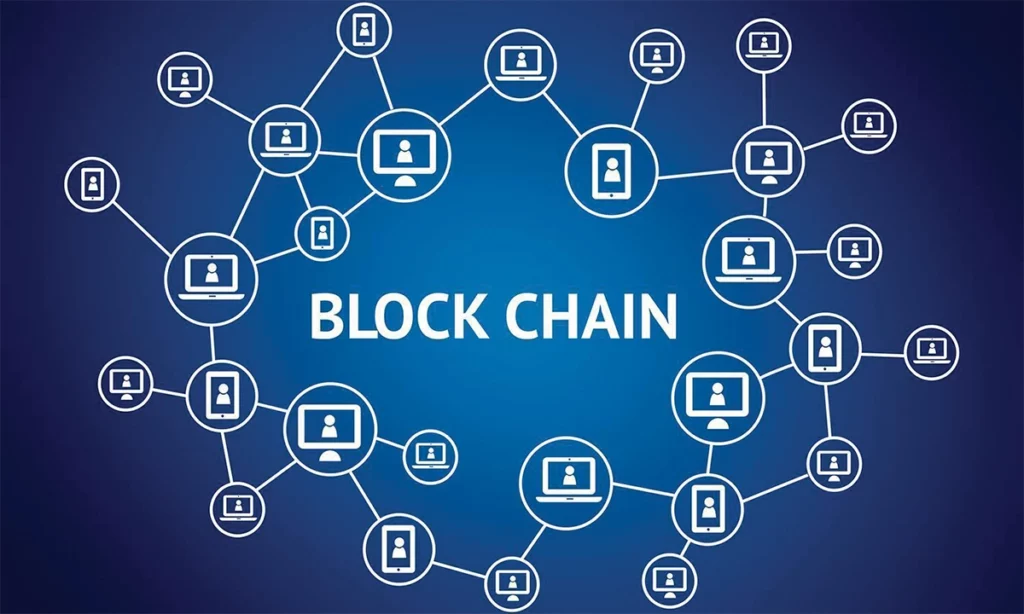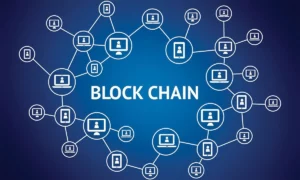
Blockchain technology is a term that has been thrown around a lot in the last few years. It’s used in many different ways, but it can be broken down into three main categories: blockchain, distributed ledger, and cryptography.
The Basics of Blockchain
The first thing to know about blockchain is that it’s a decentralized ledger. This means that there is no single place where all transactions are stored, which makes the system more secure than traditional databases like those used by banks and governments. Each block contains a timestamp and a cryptographic hash of the previous block (a mathematical formula). Each block also contains information about its own creation date, as well as any other blocks that were added after it in chronological order. In this way, each transaction has an immutable link back to its source on top of all others—and when you make changes or add something new later on (such as adding another transaction), your additions will be visible without requiring any additional work from anyone else in order for them to see them either! This is what makes blockchain a decentralized ledger, and it’s also what makes it so secure and hard to hack. The only way someone could get into your blockchain would be if they had control over multiple computers in the network—and even then, they would have to outpace all other miners who are working on the same thing as them!
Blockchain Explained Step By Step
A blockchain is a distributed ledger that records transactions in a chronological order. It’s like a public database, but it’s decentralized and shared among multiple parties. This makes the system more secure because it doesn’t rely on one central authority to store data or make decisions about who gets access to what information. The benefits of using blockchain technology are clear: Instead of storing data in one place, you can distribute it across many different locations; no person or entity has control over your data; there’s no need for trust between users or entities because everything is transparently recorded on an immutable ledger; as well as being able to verify transactions with little effort (on average about 10 seconds).
Blockchain is a distributed ledger technology, meaning that it’s a database that is decentralized and shared among many users. It’s also peer-to-peer because everyone on the network can see each other’s transactions, but they aren’t necessarily connected together. This means that no one central authority (like banks or governments) has control over who holds money in any given account—it belongs to whoever owns it.
The blockchain works through consensus: if two different parties agree on an outcome then their transaction will be validated as valid by all other people on the network who follow those rules too. So if you want something done with blockchain technology like buying something online or sending money abroad then this means you need two things: an account number which identifies your identity as part of this decentralized system; and some kind of digital signature which proves ownership over whatever asset(s) are being transferred between parties involved in making such transactions possible (in this case).
How blockchain works
The blockchain is a decentralized database that works as a ledger for transaction data. It’s also what powers smart contracts, which are legal agreements written in code and stored on the blockchain to ensure they can’t be tampered with once entered into the system. In order to understand how this technology works, it helps to know what makes up each component within its architecture:
Decentralized Database (DB):
The DB is made up of multiple nodes spread across different computers around the world. Each node has access to just one copy of this shared database (hence why they’re called “decentralized”).
The DB stores all transactions made within its network; these transactions are then verified by miners who use their computing power as proof that an individual transaction was valid and legitimate before it’s added into one chain or another depending on whether you want your chain longer than others’chains.
Is blockchain secure?
Blockchain is secure because it uses cryptography to protect its data. Cryptography is the science of using encryption to hide information, and blockchain utilizes this technology to ensure that the information stored on its ledger cannot be tampered with. Blockchain also has several other features that make it more resilient than traditional databases
It’s decentralized—the network itself isn’t controlled by a single entity or individual; instead, every node in the network has equal access to all data stored within it It’s peer-to-peer—a blockchain doesn’t need any middlemen (like banks) between you and your money; instead, each participant on the network can interact directly with one another And finally: It uses a consensus algorithm—this means that everyone must agree on certain rules before transactions can take place Conclusion.
Why Use Blockchain?
Blockchain is a new technology that can be used to create decentralized,trustless networks that don’t require a central authority. Blockchain is a distributed database that maintains a continuously growing list of data records called blocks. Each block stores information about the
previous block(s) in it and the next one. The blocks are linked together into chains through hashes, which are basically mathematical functions applied to previous blocks’ contents. This link between each block makes up what’s known as the chain’s consensus algorithm (or protocol), which ensures that all subsequent blocks will be added to the chain in such a way that they’re dependent on each other for validity.
Blockchain technology has a bright future. Blockchain technology is a revolutionary way of doing business that is poised to disrupt many industries. It has the potential to transform the way we do things in our daily lives, but it’s still in its infancy and there are many use cases for blockchain technology. The earliest applications were financial transactions, where blockchains were
used as a means of securely recording data like money transfers or stock ownership. But now, blockchain technology can be applied in other areas as well: healthcare records; voting systems; identity verification; supply chain management (supply chain management uses blockchain for tracking items like food products). Blockchain’s greatest potential lies in its ability to improve transparency in all
Blockchain technology has the potential to revolutionize many aspects of our lives. It is still in its early stages, but we are confident that it will achieve even greater things over time. We hope this article was helpful as you learned more about how blockchain works and how it can benefit you as an individual or
business owner!

Leave a Reply